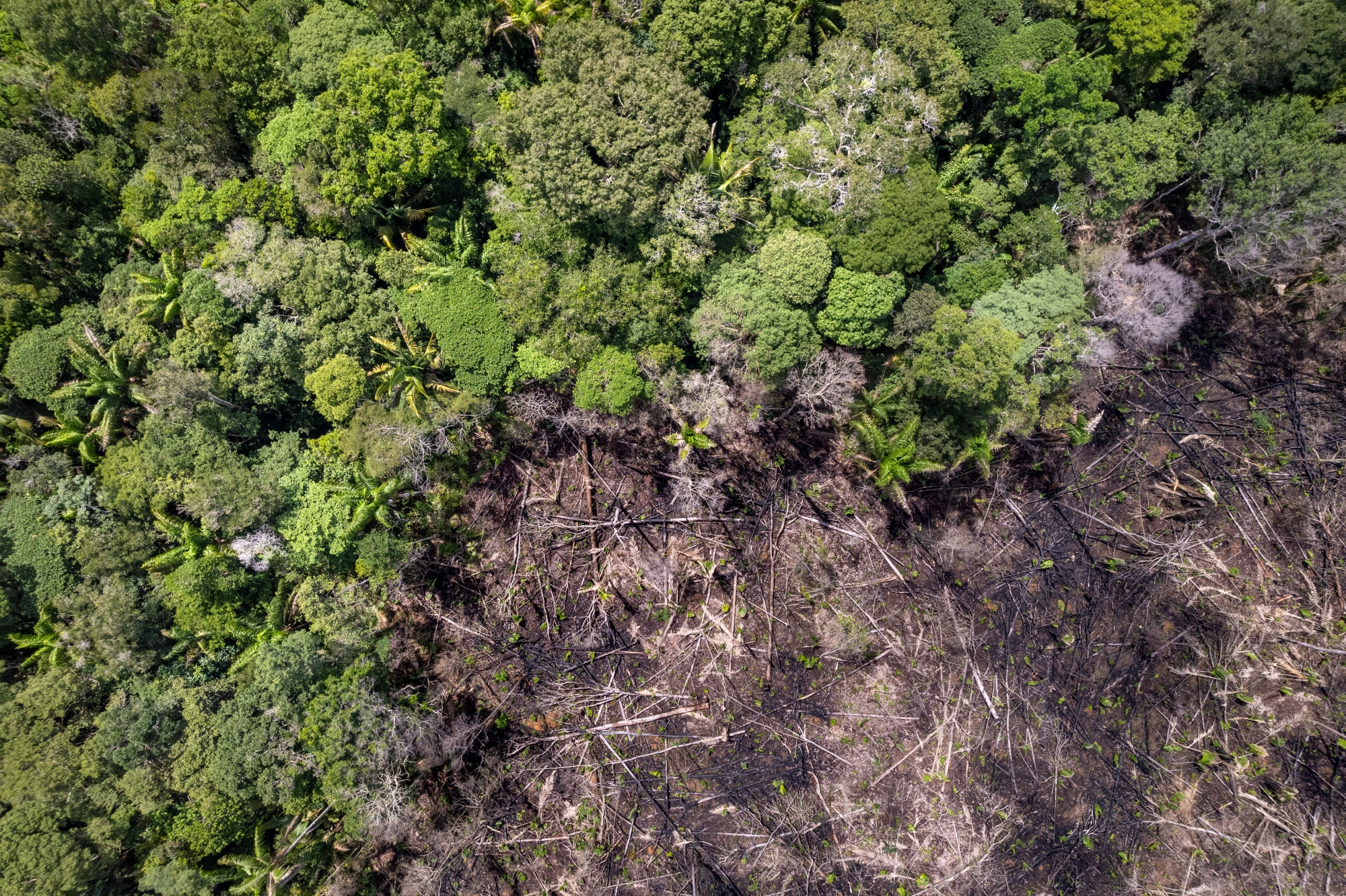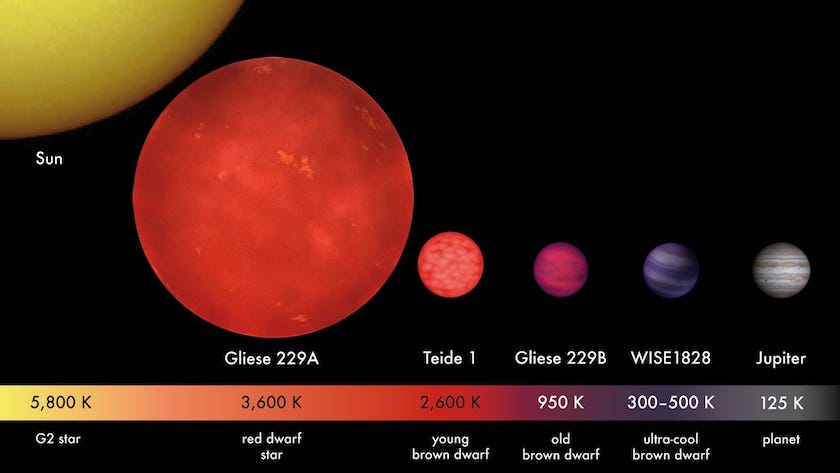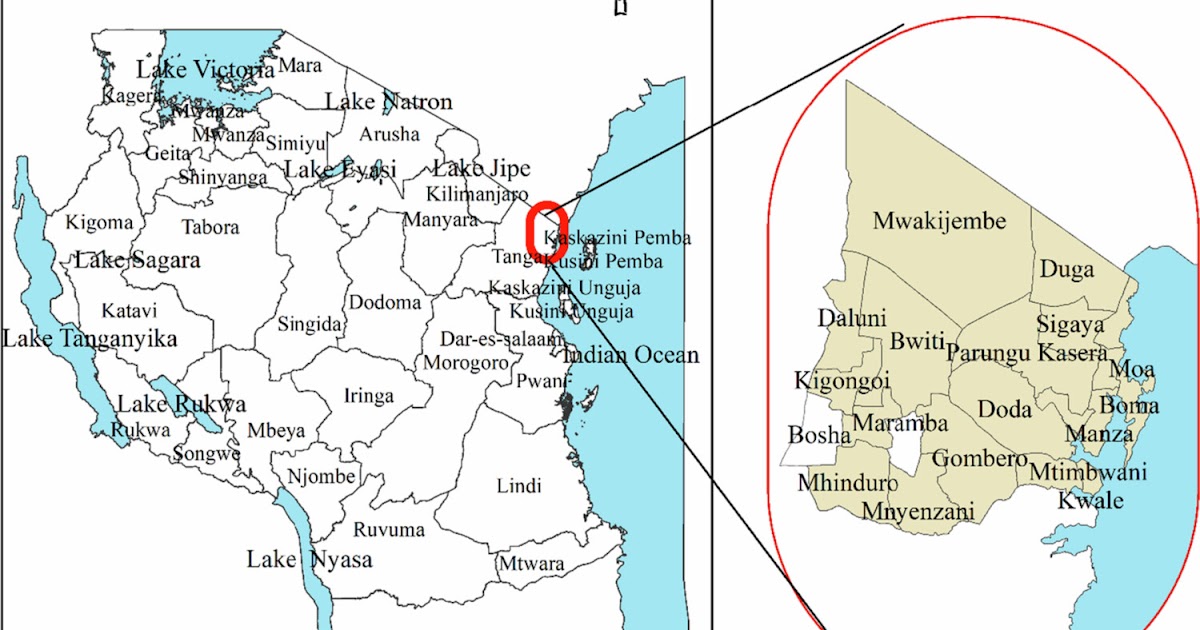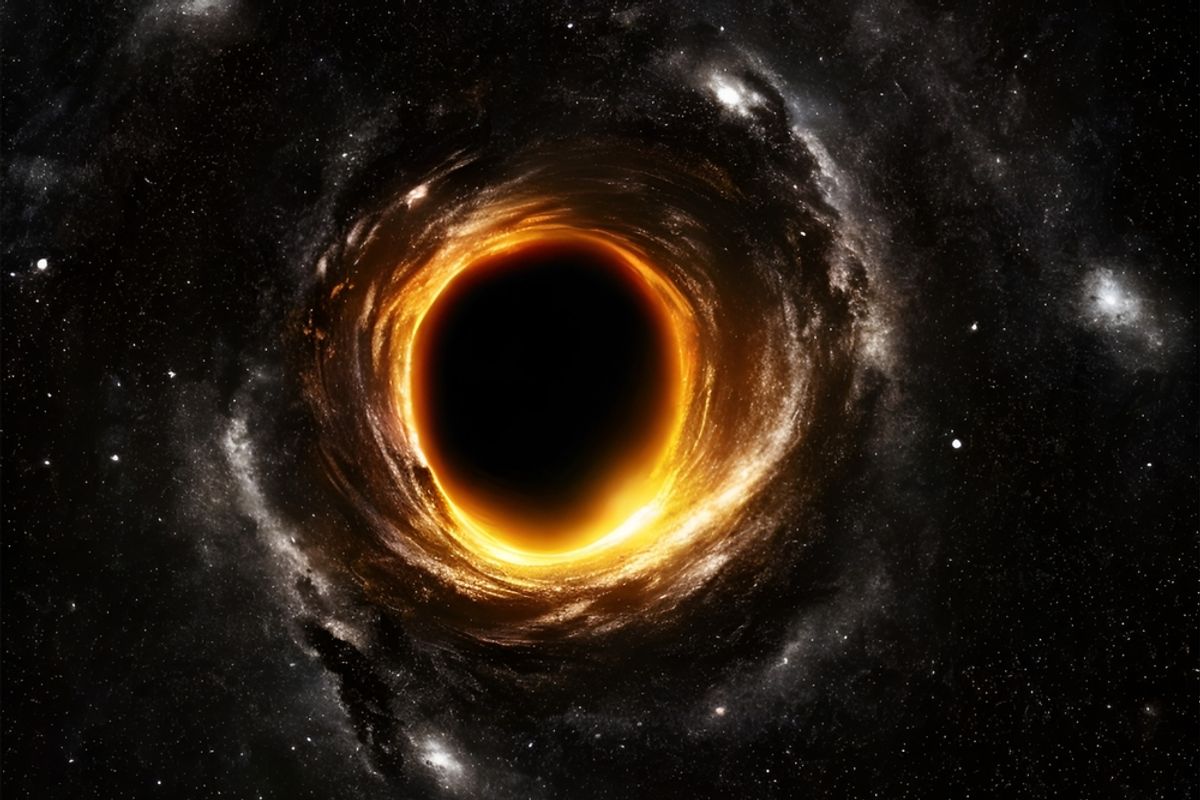Climate scientists warn that global warming could trigger a cascade of “tipping points” that threaten to plunge our planet into chaos. But what exactly are tipping points, what happens if we cross them, and how can we avoid them?
What are turning points?
Scientists have identified many potential tipping points, but some of the most important include the collapse of the polar ice sheets, the thawing of carbon-trapping permafrost, and the widespread extinction of forests. Leaving climate change unchecked increases the risk of surpassing these tipping points and, as our planet’s systems are interconnected, this could lead to a cascading domino effect whereby other tipping points are also triggered.
“Crossing one tipping point could trigger a cascade of crossings of other tipping points, with most interactions being destabilizing,” climate researchers wrote in the 2025 State of the Climate report, published Oct. 29 in the journal. Bioscience. “In the worst case, this could push the climate system towards a greenhouse trajectory. This trajectory would lead to a fundamentally different planet with devastating impacts on natural systems and humanity.”
Feedback loops
Humans are warming the planet by releasing large amounts of greenhouse gases to the atmosphere. These gases, such as carbon dioxide (CO2) and methane (CH4), absorb outgoing radiation, trapping heat and raising global average temperatures.
The increase in emissions comes mainly from the burning of fossil fuels such as coal, oil and natural gas for energy. However, there are also natural processes that emit greenhouse gases, as well as those that absorb them. Warming can unlock, enhance or alter these natural processes to further exacerbate the rate at which the Earth warms.
Tipping points are driven by these feedback loops, in which greenhouse gas emissions cause warming that releases even more gases, triggering even more warming. For example, as the planet warms, scientists expect the ocean to absorb less CO2 because the gases do not dissolve as well in warmer water, which means more CO2 reaches the atmosphere, warming the ocean even more.
Thawing permafrost
A much prophesied tipping point scenario involves the permafrost thawing (permanently frozen ground) in the Arctic. Huge amounts of carbon are locked up in permafrost soils, so as global temperatures rise and permafrost melts, more carbon will be released into the atmosphere, creating more warming and more permafrost thawing, and so on.
A 2024 study published in the journal PNAS It found that permafrost dictates water flow and its melting could lead to the formation and expansion of rivers, which in turn would release more carbon emissions.
Climate change is supercharged in the Arctic, where temperatures are warming four times faster than the rest of the world. This accelerated warming, known as Arctic amplification, is driven by melting sea ice. Ice reflects more sunlight than land or water, so when climate change causes Arctic sea ice to melt, the region absorbs more sunlight and warms even faster than ice-free areas, according to the study. International Scientific Council.
Ice sheet collapse

Researchers aren’t sure how much additional warming will cause the ice sheets to surpass their tipping points. The threshold is unlikely to be evident until it has already been crossed. However, scientists have warned that humanity’s current plans to keep warming under control may not be enough to prevent the collapse of the ice sheet.
In 2015, world leaders signed the Paris Agreementan international treaty that promised to limit global warming preferably below 1.5 degrees Celsius (2.7 degrees Fahrenheit) and well below 2 C (3.6 F). A 2025 study published in the journal Earth and Environment Communications proposed that even 1.5 C warming was too high for polar ice sheets. To make matters worse, the United Nations has just announced that we are not meeting the 1.5 C target.
What makes turning points like the Greenland Ice Sheet So worrying is its potential to impact other systems. Accelerated ice melting could be slowing the Atlantic Meridional Overturning Circulation (AMOC), a major ocean current that acts as a conveyor belt, bringing warm water to the North Atlantic. In case the AMOC collapsescould cause a drop in temperatures in some parts of the northern hemisphere.
amazon rainforest

A 2021 study published in the journal Nature discovered that the Amazon rainforest is releasing more carbon into the atmosphere than it removes. This reversal is largely due to human activities, such as lighting fires to clear land for agriculture and industry. Fires contribute to and are fueled by climate change, which causes forests to become hotter and drier. These conditions make them more flammable, creating a destructive feedback loop.
Some scientists have warned that a combination of climate change and deforestation is forcing Amazon on the verge of an inflection pointthat could transform it from a lush rainforest to a more deteriorated savannah habitat within a century. However, not all researchers agree with this assessment.
Avoiding devastation
Humans are raising global temperatures by pumping out CO2 and other greenhouse gases that trap heat in the atmosphere. The amount of global warming we experience is proportional to the amount of carbon emissions, so to reduce warming and its consequences, we simply need to reduce emissions.
“Each year of delay implies greater risks and costs,” William Rippledistinguished professor of ecology at Oregon State University and co-lead author of the 2025 State of the Climate report, he recently told Live Science. “We can limit the damage if we act as if this is the emergency it really is.”
#Global #warming #forcing #Earths #systems #reach #tipping #points #avoid










